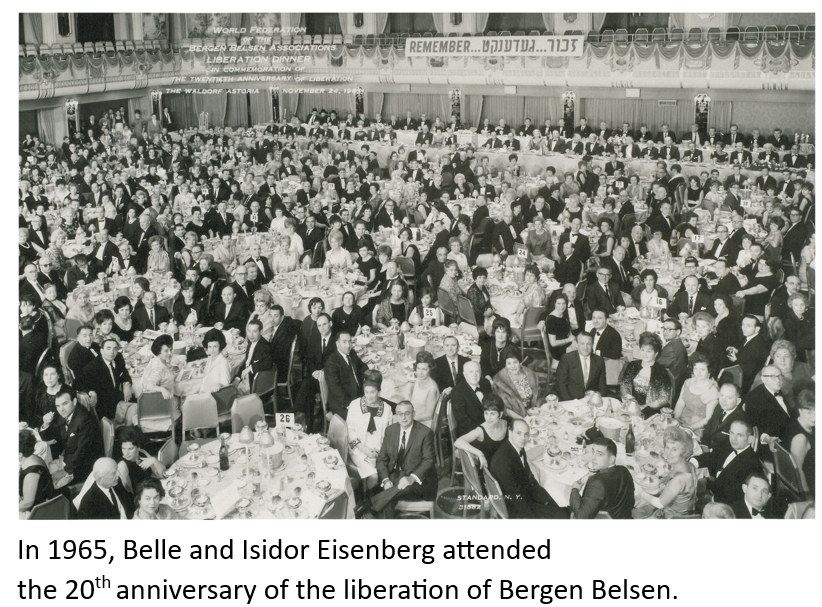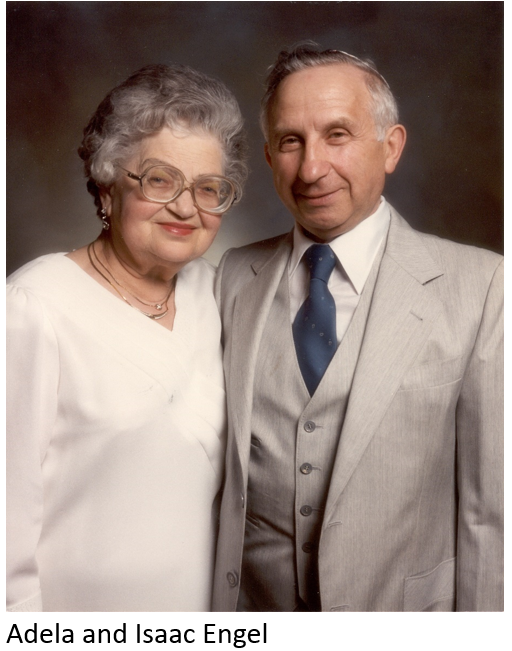Experience: Dora Mittelbau
|
|

|

|
|
|
|
|
|
|
|
|
|
Dora-Mittelbau (also known as Dora-Nordhausen or Nordhausen) was a concentration camp in central Germany. Originally a subcamp of Buchenwald, in October 1944 Dora-Mittelbau became an independent concentration camp, and eventually had 30 subcamps of its own, with a combined prisoner population of 34,500.
Thousands of Dora-Mittelbau prisoners died from unbearable working conditions, thousands more were sent to death camps, and hundreds were publically hanged for resisting the Nazis.
FORCED LABOR UNDERGROUND; HIGH MORTALITY RATE
In mid-1943, 10,000 prisoners, mostly from Buchenwald, were brought to the Dora-Mittelbau site to dig tunnels for a huge underground arms factory where V-2 missiles were to be manufactured. Until late spring of the following year, the prisoners had no above-ground barracks and lived inside the tunnels with no fresh air, inadequate food and water, and terribly unsanitary conditions. They were forced to work at breakneck speed without safety precautions. This led to a mortality rate that was higher than at any other camp in Germany.
Prisoners too weak or ill to work were sent to Auschwitz-Birkenau or Mauthausen to be killed.
SUBCAMPS
The Dora-Mittelbau camp was the center of a vast network of forced-labor camps constructed in 1944-1945 throughout the Harz Mountain region. Prisoners quarried stone and worked in construction projects, munitions factories, the nearby ammonia works, and other projects related to weapons development and production.
RESISTANCE
Dora-Mittelbau had a strong underground resistance movement, which sabotaged production in the weapons factories and thus disrupted weapons deliveries to the Nazis. Many prisoners were executed for taking part in the sabotage. Over 200 were publicly hanged as a punishment and warning to other prisoners.
LIBERATION
In early April 1945, the Nazis began to evacuate the prisoners from Dora-Mittelbau. Within days, most of the remaining prisoners were sent to Bergen-Belsen in northern Germany. Thousands were killed during death marches under horrendous conditions. In one case, several thousand prisoners, mostly Jews, were burned to death in a barn near the village of Gardelegen. When American forces liberated Dora-Mittelbau in April 1945, only a few prisoners were still in the camp.
In early April 1945, the Nazis began to evacuate the prisoners from Dora-Mittelbau. Within days, most of the remaining prisoners were sent to Bergen-Belsen in northern Germany. Thousands were killed during death marches under horrendous conditions. In one case, several thousand prisoners, mostly Jews, were burned to death in a barn near the village of Gardelegen. When American forces liberated Dora-Mittelbau in April 1945, only a few prisoners were still in the camp.
Contact us
thank you!
Your application is successfuly submited. We will contact you as soon as possible
thank you!
Your application is successfuly submited. Check your inbox for future updates.